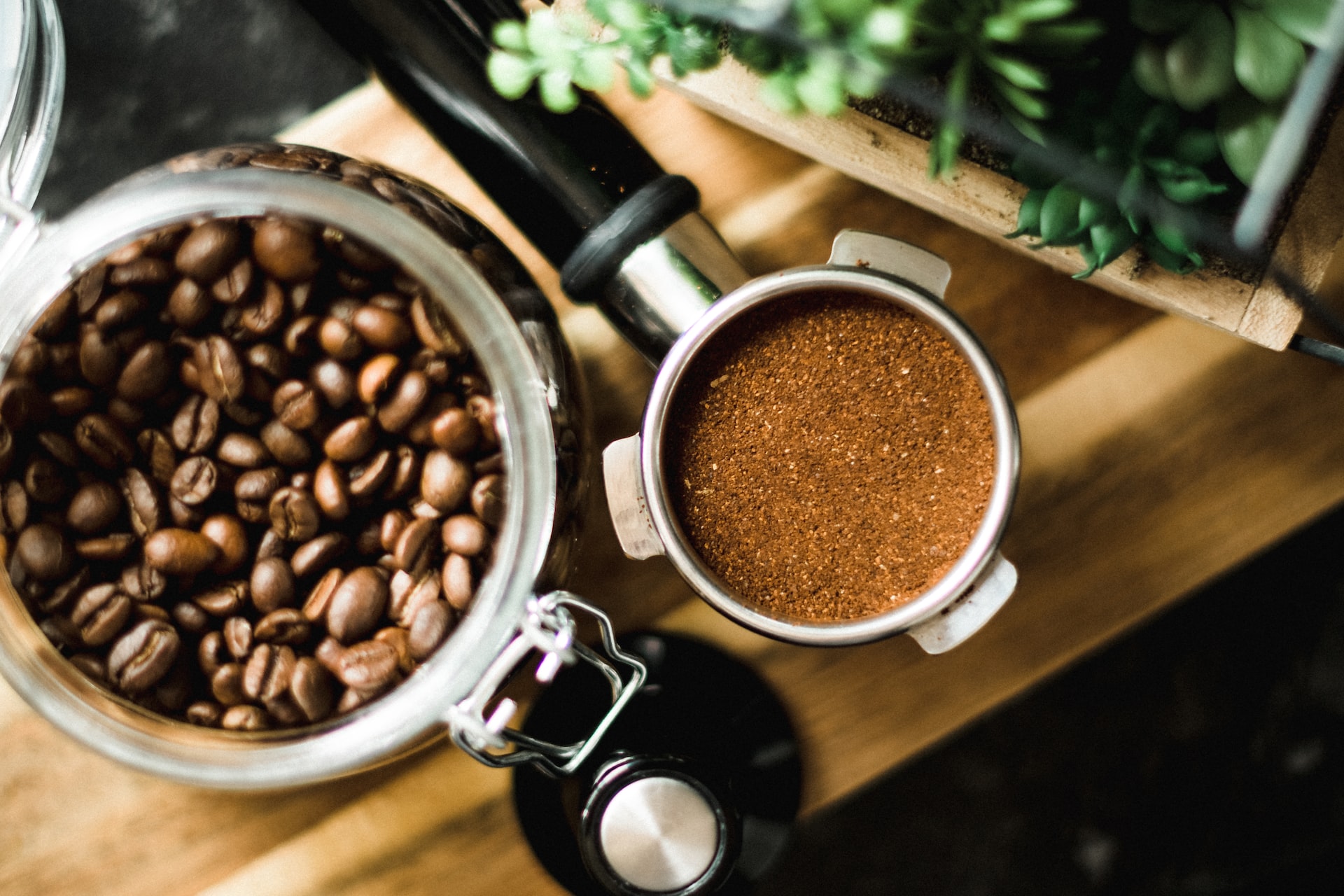
Waking Up With the Sustainable Coffee Challenge
We are reader-supported. When you buy through links on our site, we may earn affiliate commission.
Many people require a jolt from a freshly-brewed cup of coffee to start their day.
According to the Spring 2022 National Coffee Data Trends (NCDT) report by the National Coffee Association (NCA), about 66% of Americans drink coffee daily — up 14% since January 2021.
Understandably, you probably don’t want to consider coffee’s environmental impact so early in the morning. However, that hot beverage in your hand leaves much to be desired regarding the environment.
Fortunately, the coffee industry — from growers to corporations to consumers— is waking up to the climate implications of the trade and partnering in the Sustainable Coffee Challenge.
What is the Sustainable Coffee Challenge, though — and why is it so important? Read on to learn more about coffee’s climate crisis and how it’s being addressed.
Coffee and the Climate
Coffee production has generated its share of environmental damage — however, climate change is now wreaking havoc on the plants.
When coffee’s agricultural practices ramped up in the 1990s, mono-cropping, synthetic fertilizers and pesticides, and overconsumption of water resources became the norm.
Today, having enough beans for a single cup of coffee requires 140 liters of water to cultivate, process, and transport before it reaches your coffee pot.
Most coffee is sun-grown, meaning it’s usually the only crop produced on a farm. This method of agricultural production — also referred to as mono-cropping — is known for depleting soil nutrients and producing a breeding ground for harmful pests and diseases. In time, coffee yields are harder to make.
The agricultural sector as a whole has increased global warming, which threatens the future of coffee production. For instance, climate change has enabled an aggressive coffee leaf rust known as Hemileia vasatrix (HV), a fungus that’s led to severe production losses in the last decade.
Due to rising temperatures, experts predict that arable coffee-growing land will shrink by 50% by 2050.
What Is the Sustainable Coffee Challenge?
Coffee farmers struggle to combat droughts, floods, and soil degradation while keeping up with yield demands. Many have implemented water and soil conservation, targeted fertilization and pest control, and organic farming practices to save their crops.
One technique taking hold is shade-grown coffee, in which shade trees get planted to restore soil moisture and protect crops from excessive heat.
These changes have effectively increased coffee yields by 24% on some farms. Yet, a much larger movement has begun to unfold with the Sustainable Coffee Challenge.
Conservation International, Starbucks, and 18 other partners launched the Sustainable Coffee Challenge in 2015 during the Paris climate meetings. Today, the movement is a collaborative stronghold with 155 international participants, including governments, growers, companies, nonprofit organizations, and researchers.
The Sustainable Coffee Challenge is working towards an entirely green coffee trade, from agricultural practices to ethical labor and profitability. Their efforts also address preventing the degradation of conserved forests and natural resources for coffee production.
In 2020, the Sustainable Coffee Challenge announced its latest climate and labor goals, which include:
- Eliminating 1.5 gigatons of carbon dioxide (CO2) by 2050
- Improving lives by establishing wage criteria and labor rights for coffee growers
- Restoring 1.5 million hectares of forest and safeguarding another 500,000 hectares
- Investing in existing farms by 7% to boost productivity
- Ensuring 50% of the global coffee market is sustainable by 2025
The initiative has demonstrated the opportunities for a greener coffee trade — and their efforts today will guarantee we have coffee in the future.
How Can You Brew a Sustainable Cup of Coffee?
Drive-thru coffee purchases have risen from 42% in 2015 to 48% in 2020. Although stopping for coffee on the way to work is convenient, it generates more carbon emissions and waste.
If you’d like to do your part in creating a sustainable industry, adopting eco-friendly consumer behaviors is a must — and that begins with brewing coffee at home.
A few tips to get you started include:
- Buying organic, pesticide-free coffee
- Purchasing ethically sourced, Fair Trade-certified coffee — coffee growers struggle to survive on their 10% earnings of retail coffee
- Using a reusable mug
- Opting for dairy alternatives — dairy production made up 3.4% of the global agricultural emissions in 2015, which was close to aviation and shipping emissions combined
- Supporting local roasters
Additionally, sprinkle your leftover coffee grounds in your garden as compost rather than throw them away. Coffee grounds infuse the soil with extra nitrogen for healthier plant growth.
You Can Become a Sustainable Coffee Drinker
Imagine a world without coffee — as things currently stand, climate change is making that a real possibility. Pay careful attention to the beans you purchase and how you consume your favorite beverage. A healthier planet and sustainable coffee industry depend on each person’s transition to eco-friendliness.
Share on
Like what you read? Join other Environment.co readers!
Get the latest updates on our planet by subscribing to the Environment.co newsletter!
About the author
Maria Visser
Maria serves as the Assistant Editor of Environment.co. A true foodie and activist at heart, she loves covering topics ranging from veganism to off grid living.





